Bruno Jakob
31.8. —
6.11.2016
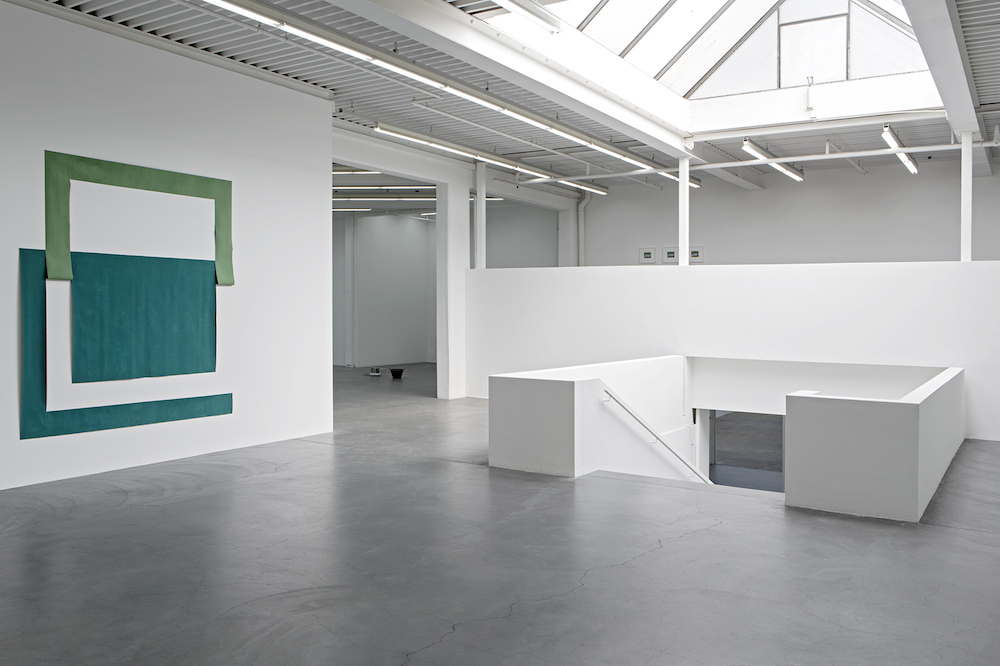
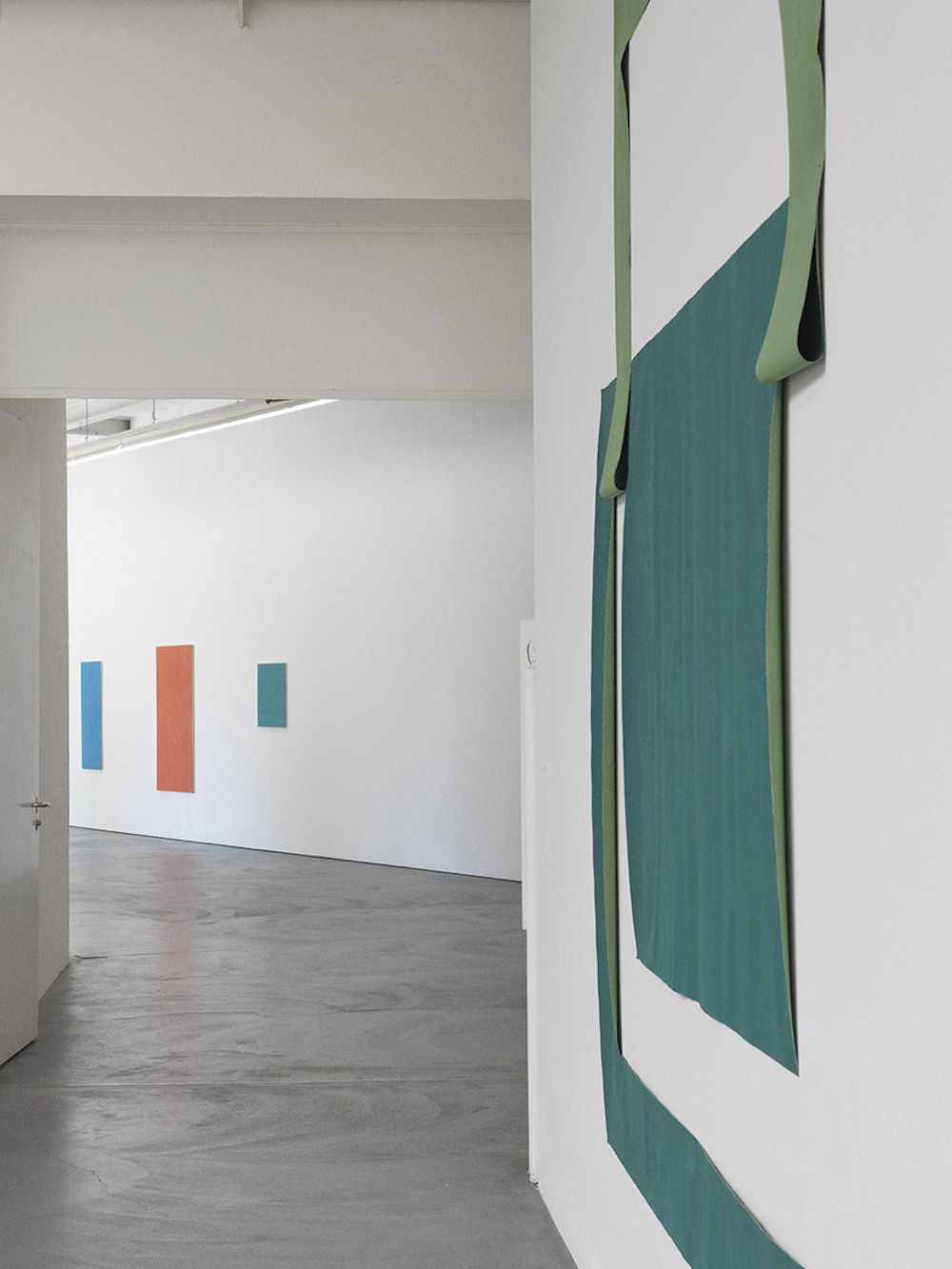
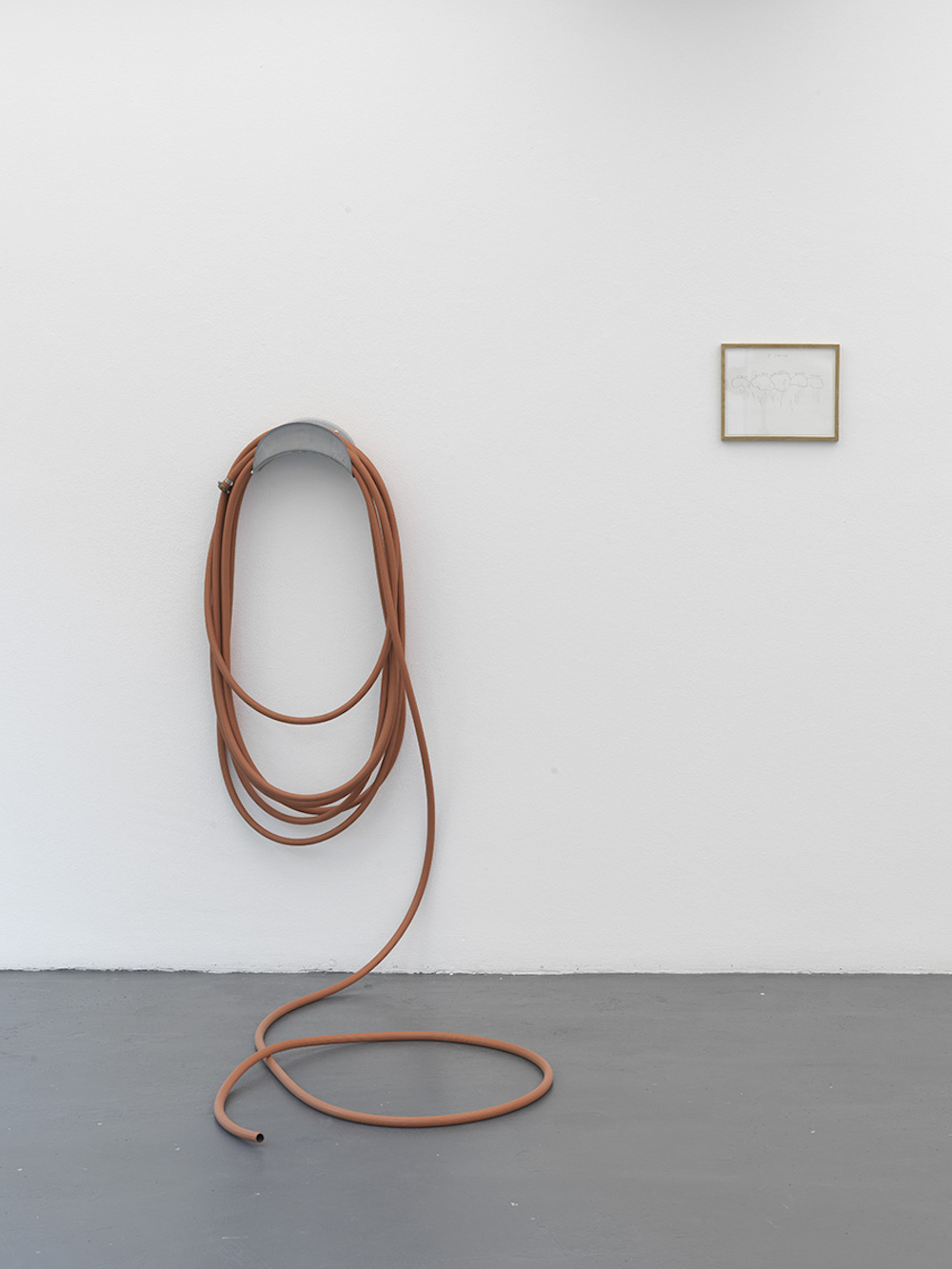
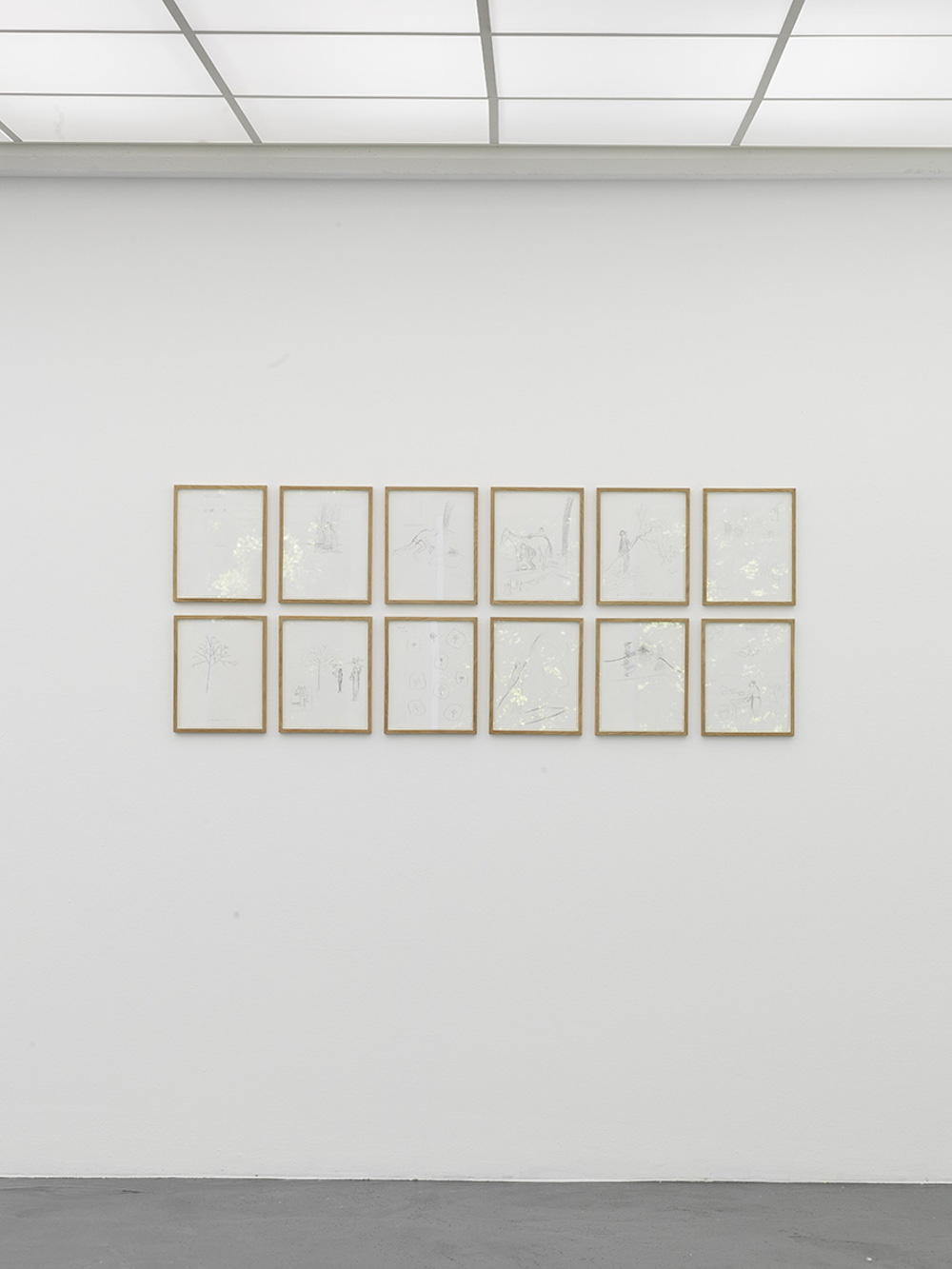
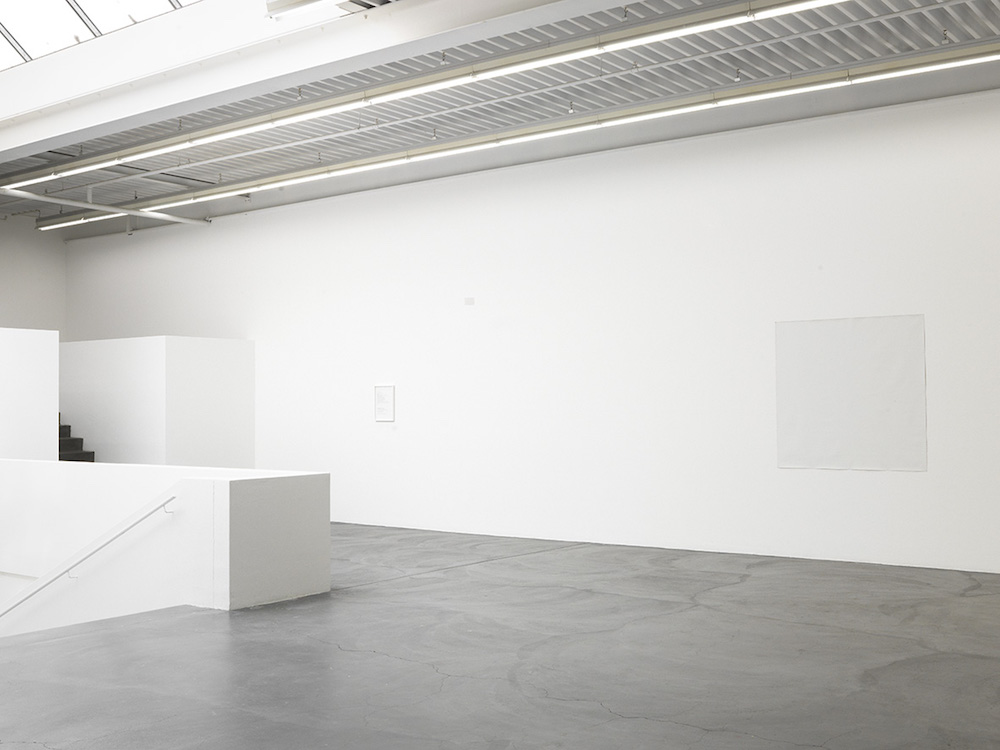
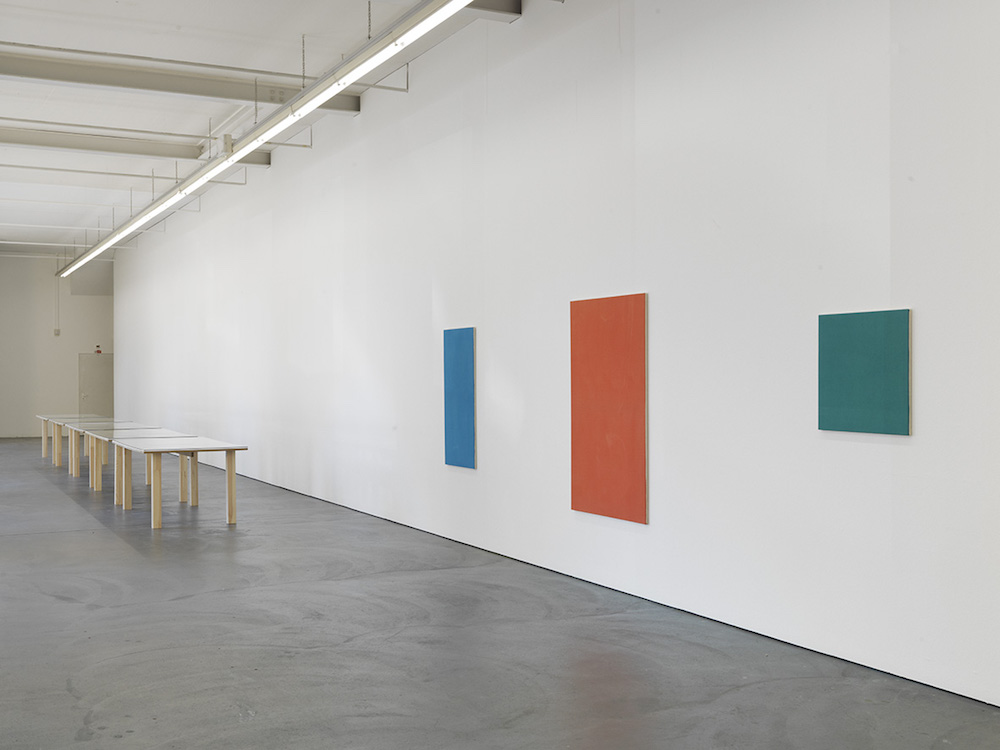
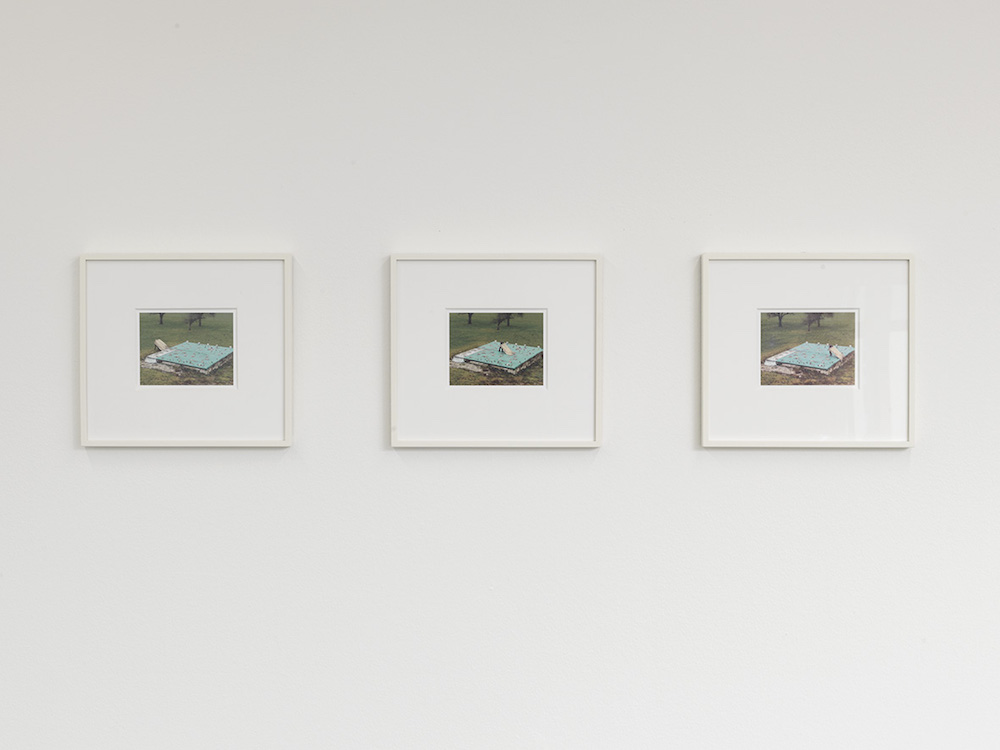
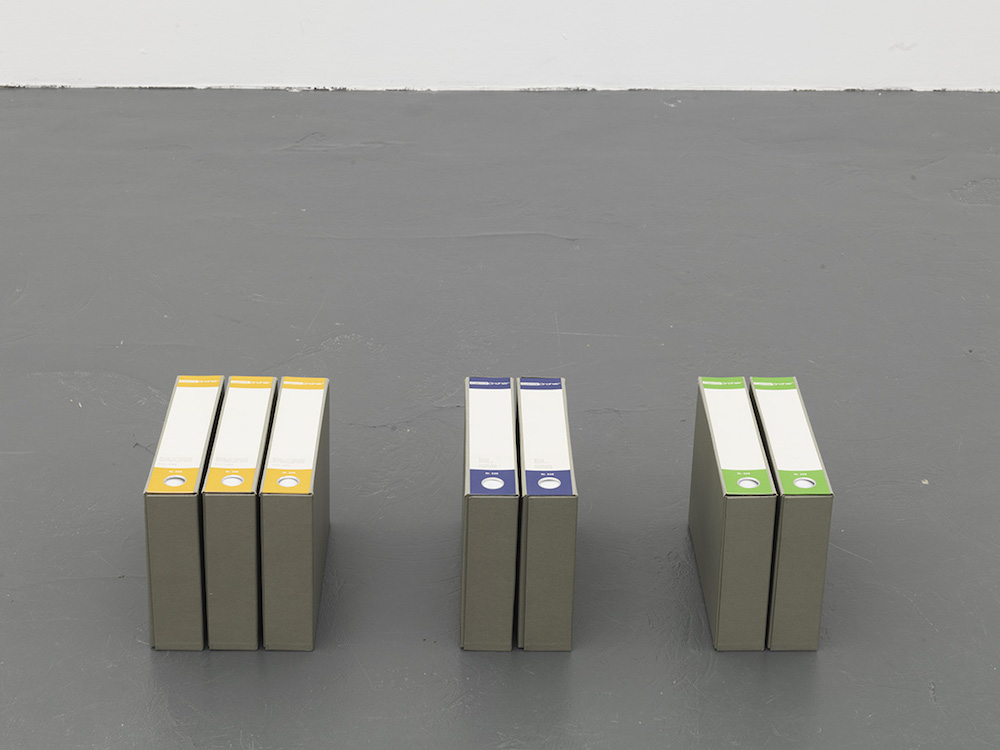
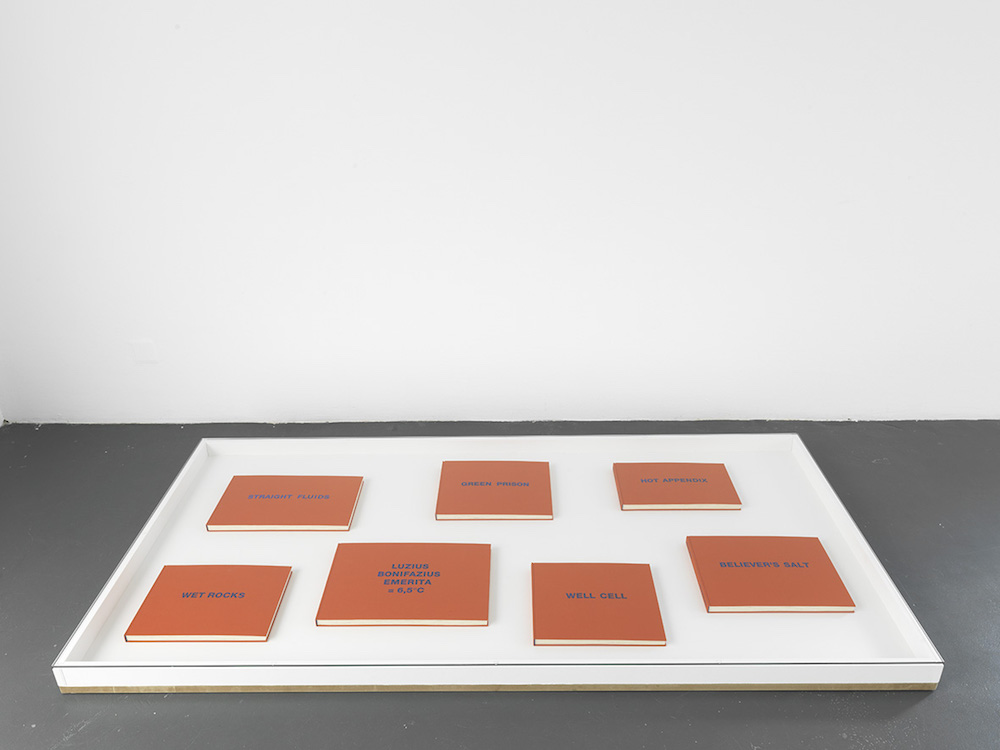
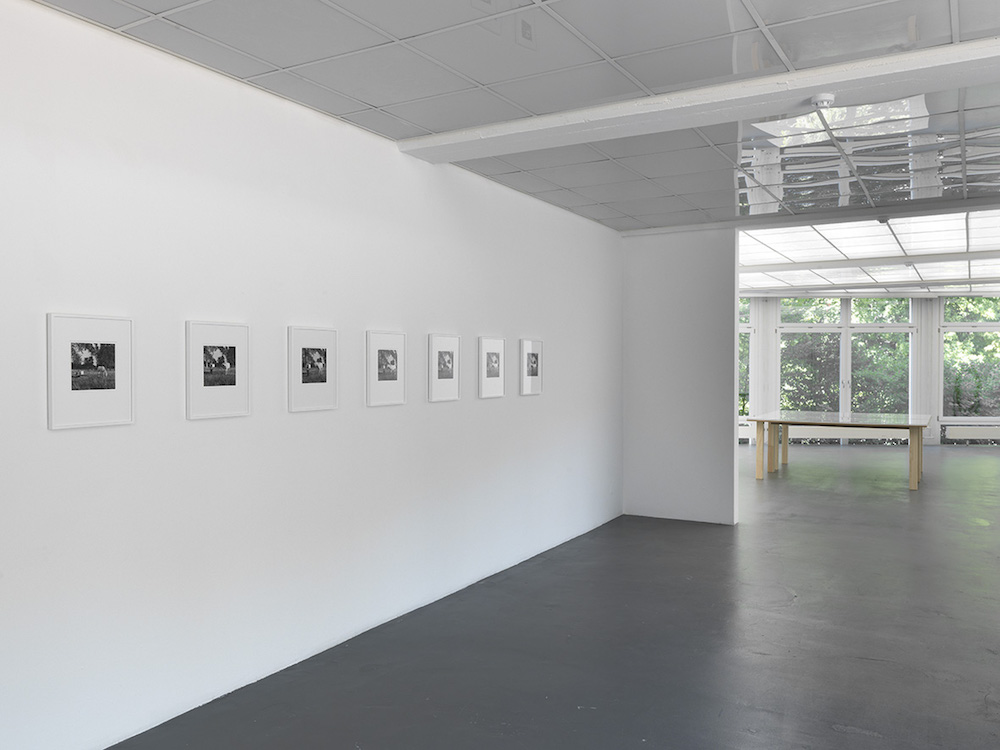
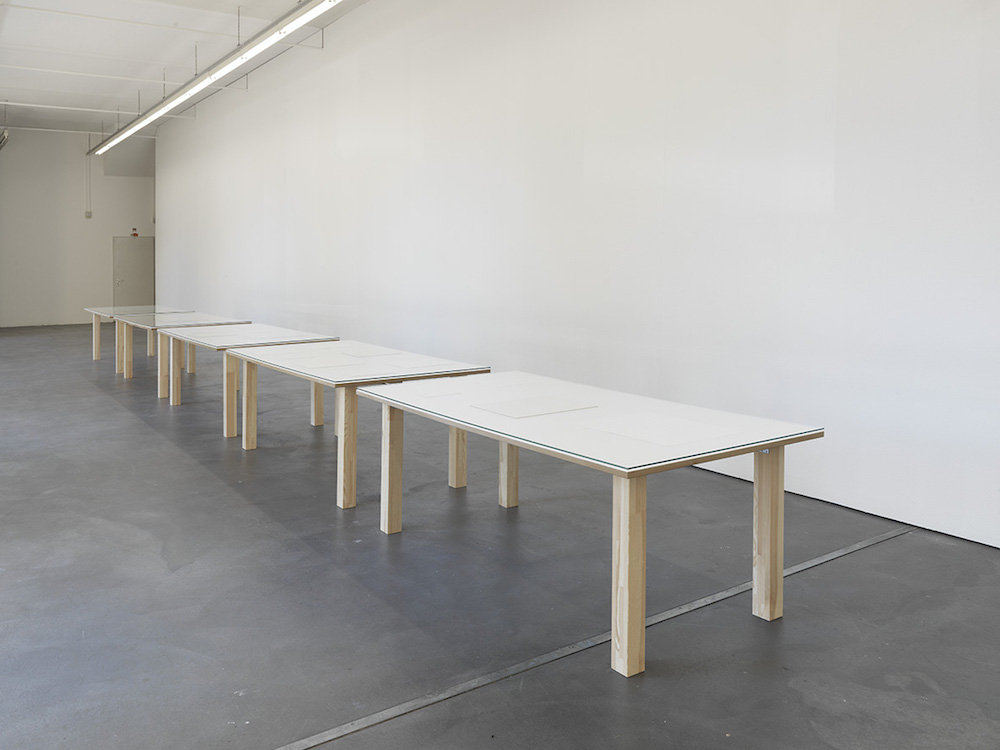
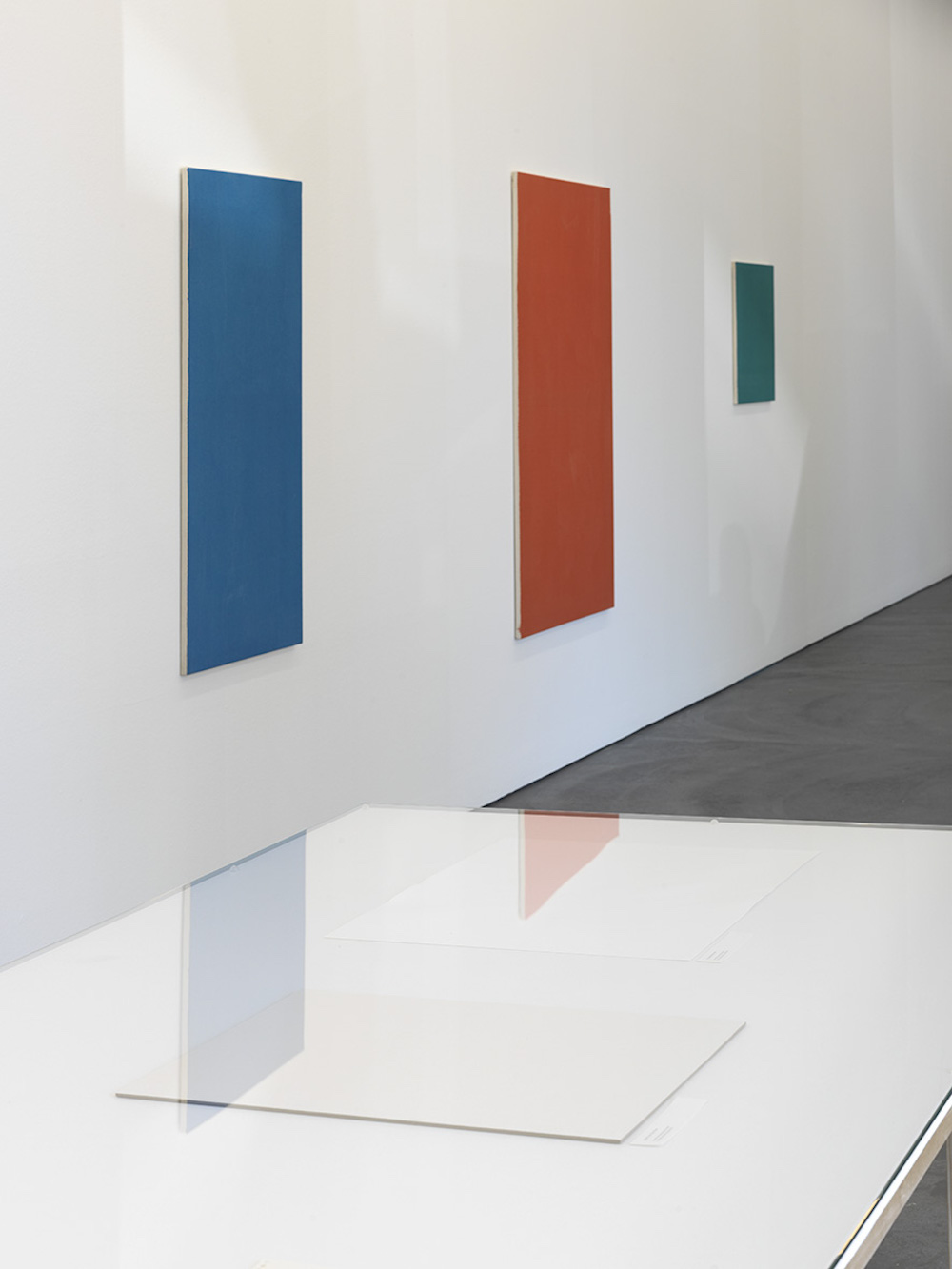
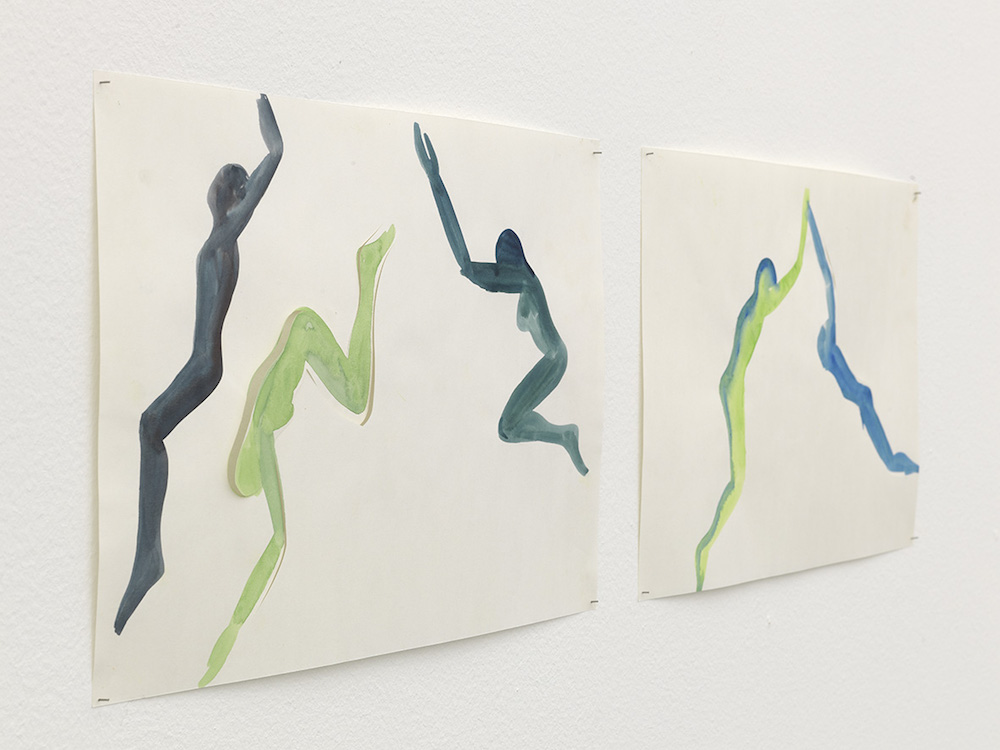
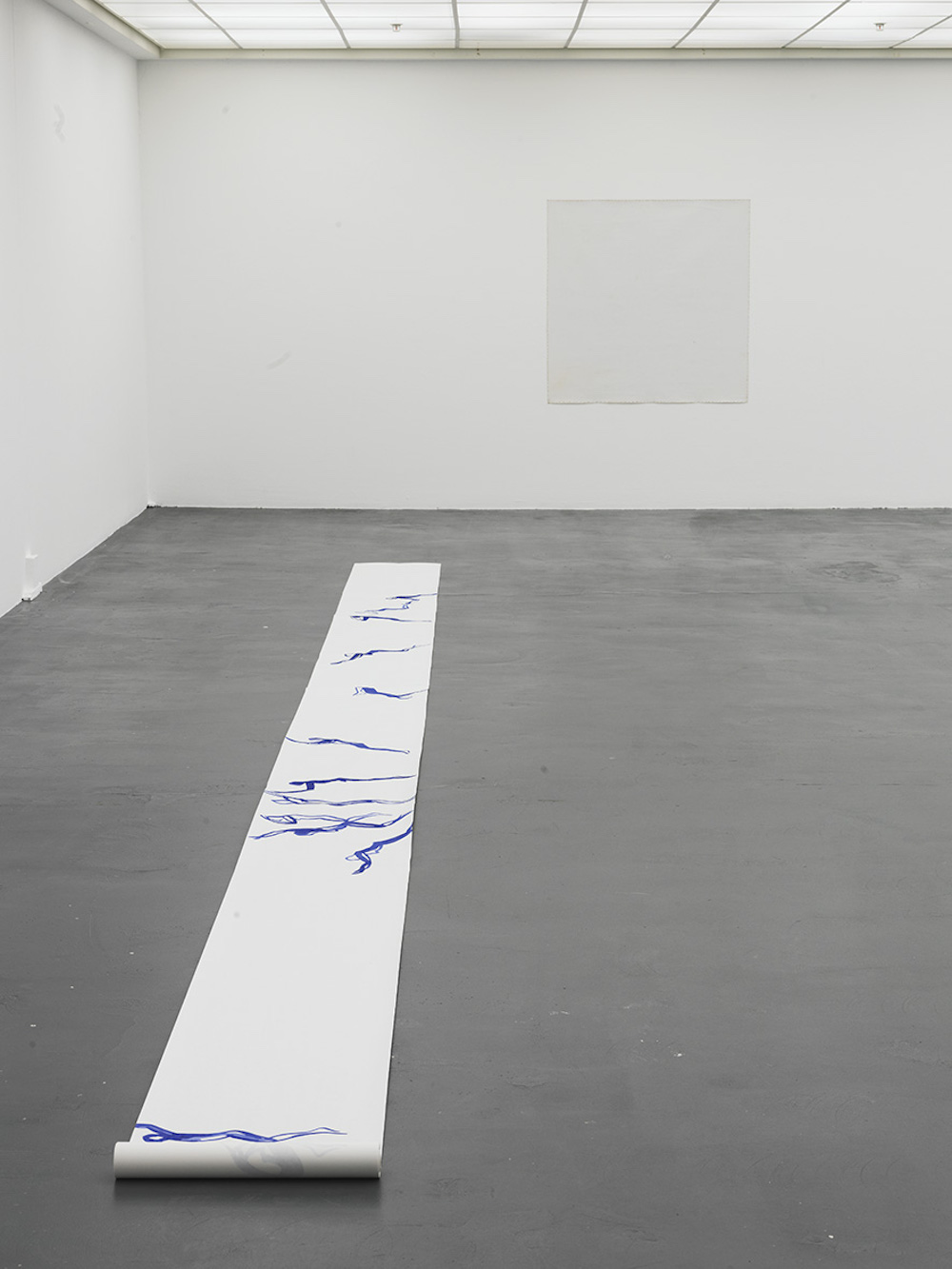
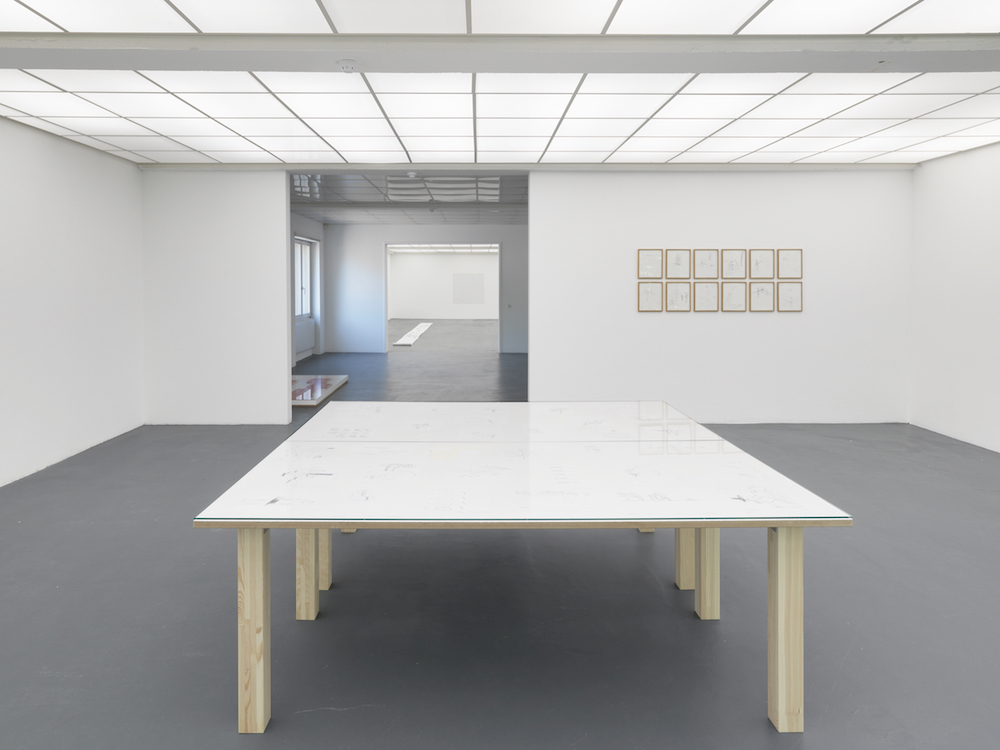
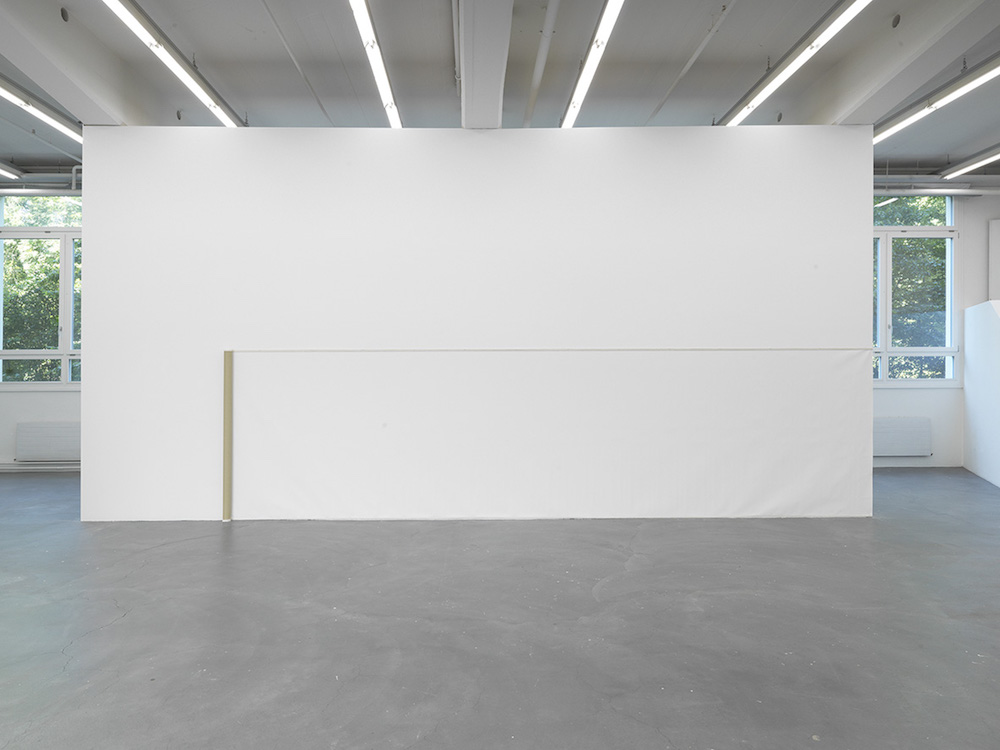
Selected press coverage
A broad public knows Bruno Jakob’s work thanks to his participation in the Venice Biennial in 2011, the Ricola Prize 2013, his solo exhibitions at the Kunsthaus Aarau (1991) and the Kunsthaus Langenthal (2007) as well as numerous group exhibitions nationally and internationally. Bruno Jakob developed his internationally recognised signature style through a specific approach to painting and drawing, in which he brings energy, imagined and photographic images applied mostly with brush and water to various painting grounds in a performative act. The artist, who was born in 1954 in Jegenstorf and who has lived primarily in New York since 1983, realised an extensive solo exhibition in the Kunsthaus Baselland which enabled a particular insight into a practice that has extended over many decades. A studio fire in Switzerland and the flooding of his New York studio due to a hurricane destroyed more than half of his work. These events notwithstanding, it was the task and the goal of this exhibition and the accompanying catalogue to realise an exhibition looking back as far as 1968.
We were brought together by the desire to realise an exhibition at the Kunsthaus Baselland, an exhibition that would show a survey of his oeuvre, despite the assumption that a great deal would no longer be accessible. It became clear while opening the countless crates, unpacking the canvases, image rolls, stacked volumes of images, photographs, sculptures, and objects, as well as during numerous conversations in New York, Basel, or elsewhere, just how varied Bruno Jakob’s now around 40 years of continuous creation is. Subjects and motifs are worked through thoroughly — often over months and years. Given all this, how can one adequately comprehend the work, or the person, Bruno Jakob? …
Hundreds of sheets of extensive series of figure drawings and Native American drawings are stored in boxes, sometimes created in graphic coloured pencil, sometimes painterly with a brush. A series that Jakob began in the 1980s. These body landscapes, which can be reduced to a few lines or may also be exuberantly embedded in a bright, glowing landscape, dressed in crowns and feathers, must have been surprising, from an artistic point of view, in his context back then. Just at a time when the dominant trends in the USA were Minimal Art, Concept Art, Postminimal or Land Art. “People,” says Bruno Jakob, “were often fascinated by images of Native Americans; the bright exoticism and what you knew from films. But in New York it also had a somewhat foreign and kitschy effect.” This combination interested him at the time when he set out for New York.
He has scarcely exhibited this massive body of drawing volumes, which could each fill a whole room. Not even those that were made in 1982 in Paris during a fellowship from the Aargauer Kuratorium. 6,000 drawings. A notepad nearly every day. Or the series with the wonderful title Meine sichtbaren Gedanken während der heissen Zeit (My visible thoughts during the hot period) which he created on the 23rd August 1983 in Basel as well as on other days. The same applies here: hundreds of graphite drawings on A4 pads, carefully collected in slipcases, each relating to one day. These slipcases, which Bruno Jakob deliberately chose in various colours, are more than just cover and protection for the artist. They store, remind, record, and, equally, stand object-like in the space.
It almost seems as if it is of lesser importance for the artist to really open these files and show the contents. What is essential is to know that they are there. Looking at all the files and boxes Bruno Jakob describes how what excited him was doing all this, for days, weeks, and months, becoming a part of it all, but then being able to pack them away again and put them into storage. Maybe his action of making so-called “hidden” art developed from this reflection, an action during which for a long time he worked drawings or paper-cut objects into brochures and magazines and then sent these to many different people — not just to acquaintances. “People didn’t always discover them. It came along so unexpectedly. Often the brochures were just left there, closed.”
Was this something that also interested him in relation to his numerous artist’s books, such as Green Prison from 1990? A work that comprises seven books of different sizes furnished with glowing orange covers. Inside were drawings made during his time in Scuol. With Bonifazius, Emerita and Lucius water that came from there. Each page an original work that reproduces the traces of the damp bush and how it was directed. It seems as if the artist would best like these shown in their closed form. Placed directly on the ground, almost like objects in the space. As if alone the knowledge of the many drawings and energies that flowed into them suffices. “Books are like sculptures for me,” Bruno Jakob describes. “Once I put on an exhibition in Basel with only books. That was in 1983, before I went to New York. Three books, each with 33 pages, gathered in a slipcase in an edition of 33. The title was 3 x 33 x 33. The concept was to open the exhibition for 33 minutes, for 66 and 99. The 33-minute show was the best. Everyone came.” Bruno Jakob laughs. He is that too — humorous.
Moving around all these works in his studio and his store, the question arises whether Bruno Jakob tried deliberately to remove the visible in all the years hence, or at least chose a particularly subtle means of making things visible? Limiting himself to pictures that include running ants and slithering snails on paper, or horses and cattle that sniff and lick the canvases. Or those in which the artist’s soft brush movements only barely show how the artist paints with water, energy, and — as he calls it — “brainwaves”, leaving hardly anything on the paper, on which little can be seen apart from delicate folds, light welling and depressions of the page…
What these drawings and photographs clearly show, as the figure drawings do too looking back, is something that can otherwise only be understood with difficulty from his Invisible Paintings: Bruno Jakob paints, draws, and works both abstractly and figuratively. He never submitted to the either / or that was demanded in academies up and down the country, and beyond too. What is more: in the course of his artistic career he has brought together what would appear to be incompatible. Because what appears to be an abstract monochrome painting or a conceptual drawing can, at the same time, be figurative…
Performance is a term that has defined Bruno Jakob’s artistic creation almost from the very start, one which occurs continually when in discussion with him. In recent years he has increasingly allowed the public to be part of this and has enabled intense moments in collaboration with his New Yorker friend, artist and musician Hans Witschi. In deep concentration, usually for an hour, Bruno Jakob brings his images into the space this way, onto primed canvases, paper, photographs, onto film, or the screen of his laptop. The artist’s body is not crucial in this, rather the act of painting is. Bruno Jakob is a painter. His performances are painting performances. He dips his paintbrush into small plastic glasses and containers, which are furnished with water enriched with thoughts, feelings, energies, and brainwaves. He uses water vapour or the ambient light, reflected off copper sheets, bringing his own photographs or drawings along walls. In preparation, or subsequently too, Bruno Jakob readies drawings of that which might occur, or which happened. Some appear like “storyboards” and show a succession of scenes. How, for example, Bruno Jakob moves in various ways in front of a waterfall and carries out his performance. Once again these drawings demonstrate how precisely he thinks in images.
Recently Jakob has recorded his performances at the moment of their realisation itself — holding a brush in his left hand and a small digital camera in his right. If you catch one of the rare occurrences of being able to glimpse through the camera for a short while, being able to look over the artist’s shoulder, one thing becomes clear: every gesture, line, every sweep or circle is endowed with significance — it draws objects in a space, sketches or paints on spread out surfaces, or on a computer screen, draws the artist’s ‘image’. Everything is present. The space, the music, the water he enriched and brought along, in various temperatures, the brushes, a hotplate, the movement of the artist’s hand, drawings, and photographs — and the artist himself. Bruno Jakob also paints in the open air — and integrates wind, temperature, and the atmosphere with that which he brings for his painting performance. He hangs canvases from trees or in built structures, like he did in 2011 in the small harbour of the Arsenale when he was invited to participate in the Biennale in Venice. Or he draws long rolls of plastic across fields, to capture light, wind, weather, and all the prevailing energies.
A look at his varied and broad oeuvre makes it clear how Bruno Jakob works with all that is truly at hand, even if it seems to elude our sight. For decades he has been living “one thing and another” instead of “either/or” — both in life and in art. And: in the process he has created a great freedom for himself, to be able to deal with all that is tangible — and that disappears again. Bruno Jakob can tell us a lot with this freedom.
Text by Ines Goldbach
Excerpt from the publication Bruno Jakob
The exhibition and catalogue were generously supported by the Sophie und Karl Binding-Stiftung and Aargauer Kuratorium
During Bruno Jakob’s exhibition a solo exhibition by Edit Oderbolz was also on display.
